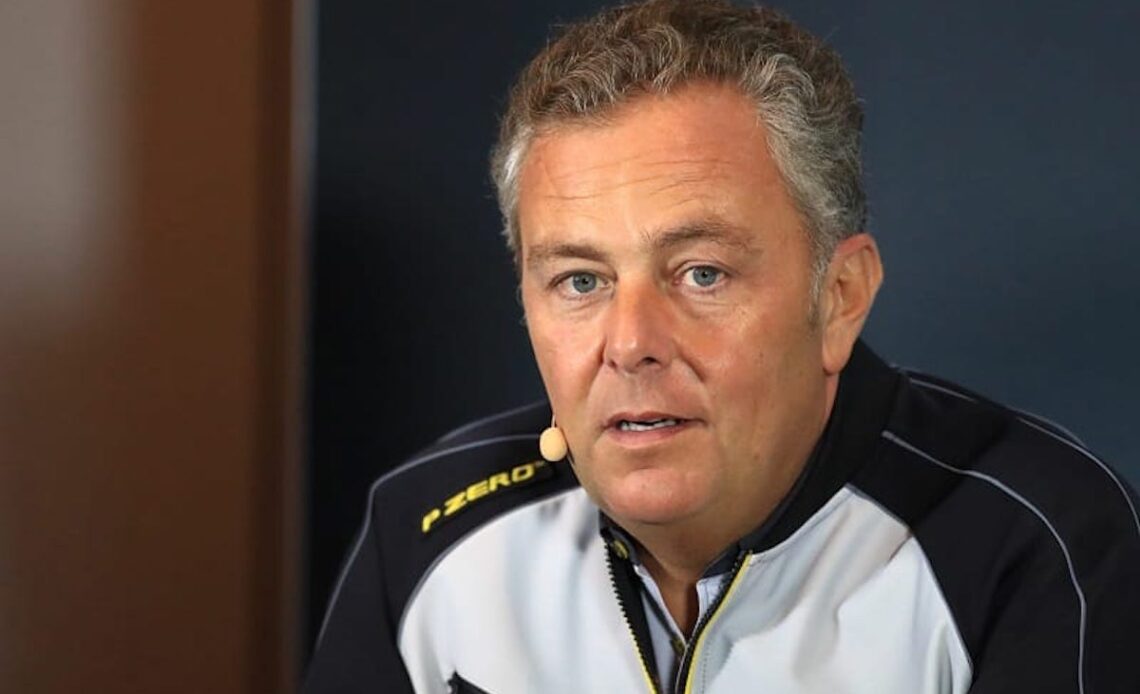In an exclusive interview, Paddock Magazine catches up with Pirelli’s Motorsport Director, Mario Isola, to hear about the challenges of designing an F1 tyre, sustainability, and much more.
Click here to subscribe to our print edition!
Formula 1 is booming, and racing has significantly improved, but what’s it like from the tyre supplier?
First of all, I totally agree with you! [Smiles] I think the sport has taken a massive step in the right direction with the new regulations this year. It was challenging for us to design new tyres because the size and the characteristics also changed. To improve the performance, we had to develop a tyre that isn’t so sensitive to overheating. Another critical factor is that we designed a tyre with a lower degradation level. Actually, the new cars helped our work, because when you follow another car and don’t lose downforce, you can push more on the tyres. I think the drivers are happy with the changes we made.
We have a simulator in Milan, and it’s also used for road tyre development.
On the other hand, we learned that these cars have understeer in low-speed corners, and we want to solve that from the tyre point of view. We need to improve some details for next year, and we know that. It’s mainly because we developed this year’s tyres on an older car. Overall, Formula 1 is in excellent shape, and there is a lot of interest in the sport. It’s great to see many new and young fans in the F1 community. We have many young drivers on the grid who are very active on social media – it’s a great platform to engage people. It’s unbelievable to see how the sport is getting more popular in the USA, for instance. I do hope it continues like that!
Can you take us behind the scenes of the process of designing an F1 tyre?
We always start with a virtual tyre, so we design a tyre on the computer. Then, we create a thermomechanical model and provide it to the teams, which they can use in their simulators. We need to perform several tests on physical prototypes before we test them on track. It’s not only an integrity test, but we also perform a test to predict the performance of the tyres. The last test—let’s call it validation—is the track test. To give you an idea, initially, we started 70 virtual prototypes, but we only tested 30 compounds on track. There are lots of activities that we do before track testing. All the lessons we learn through F1 tyre testing and designing are also…
Click Here to Read the Full Original Article at Paddock Magazine…

